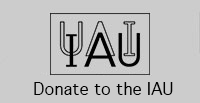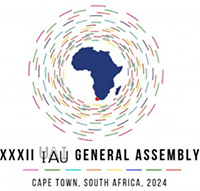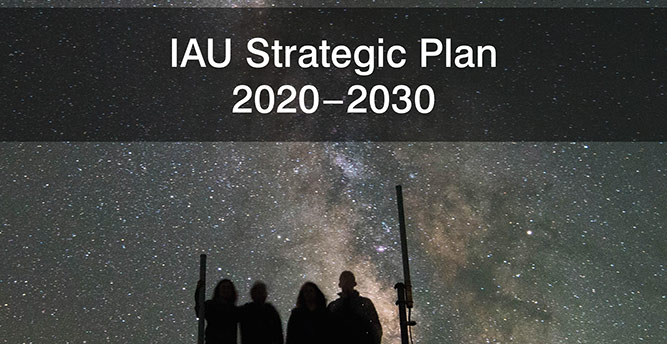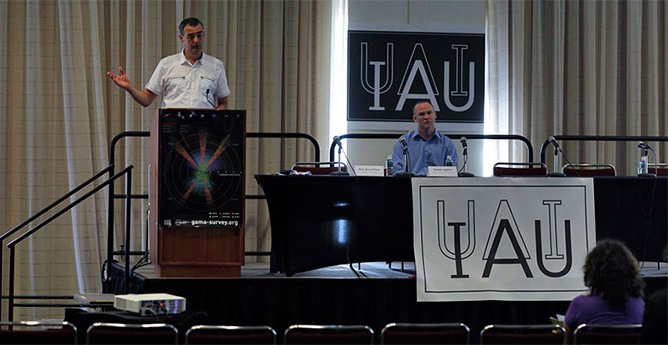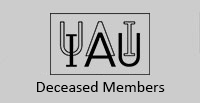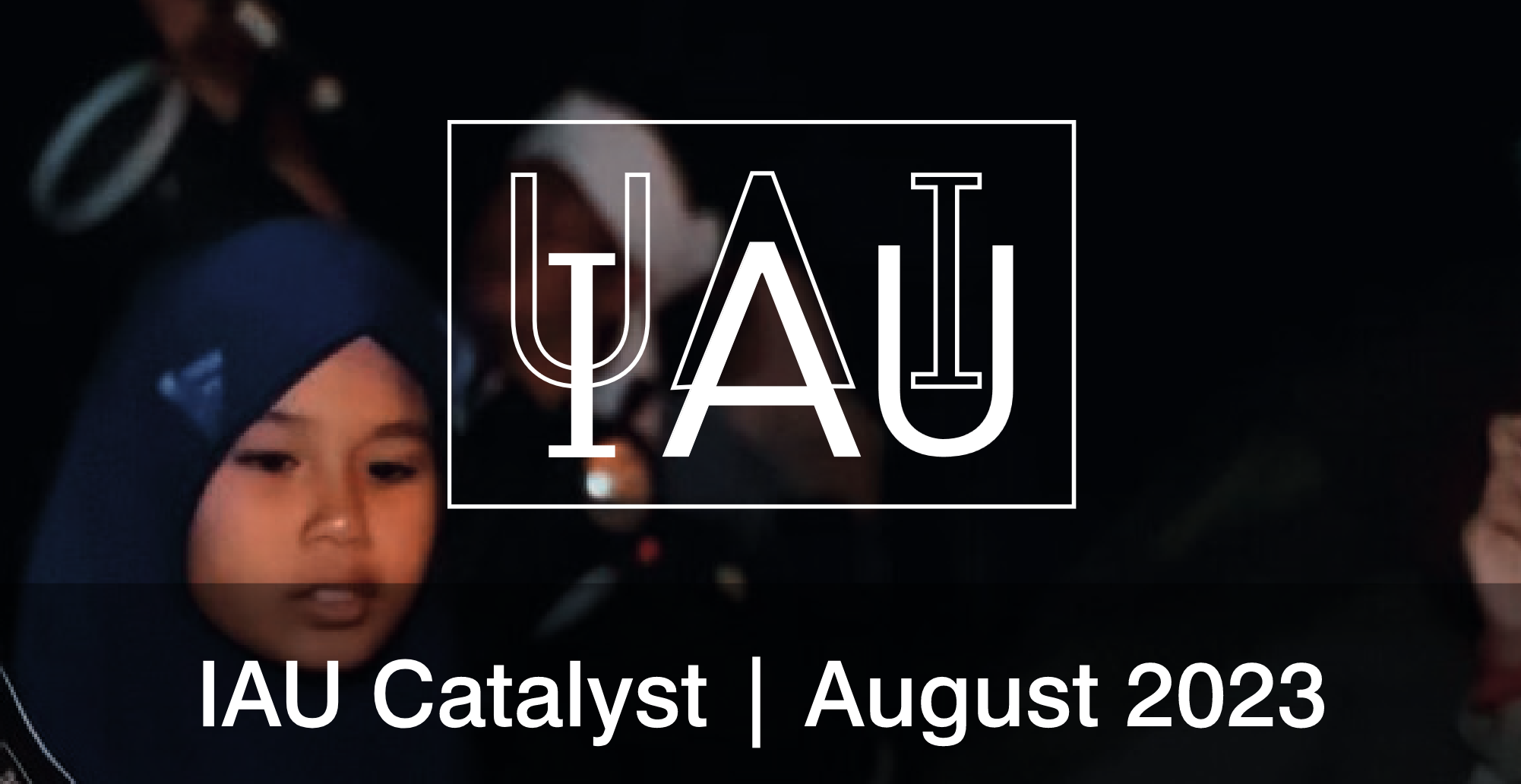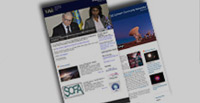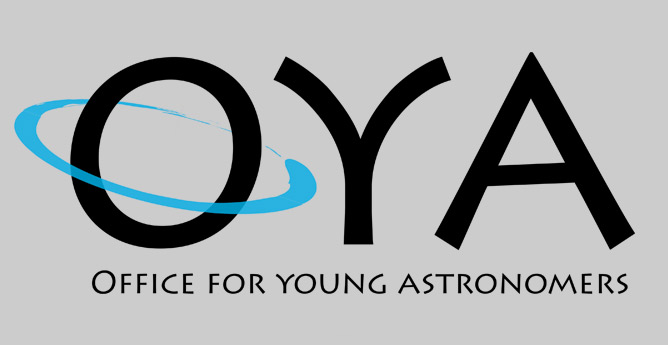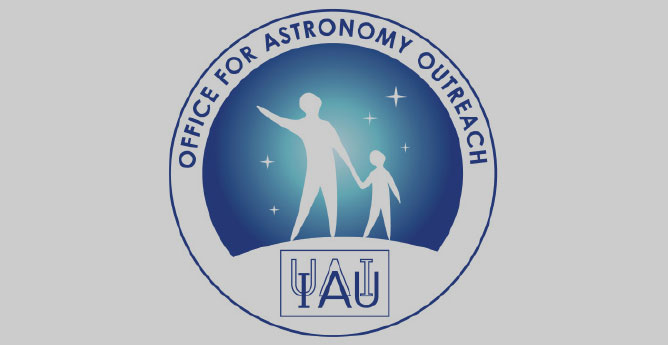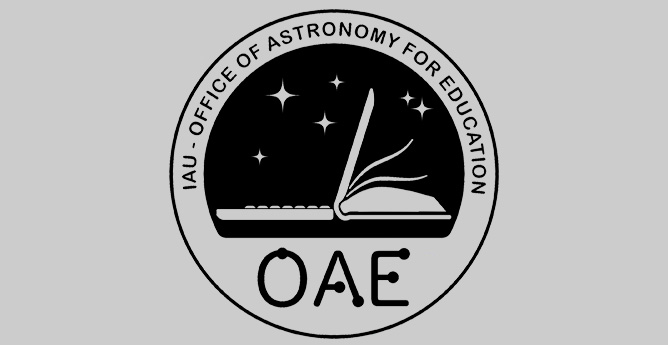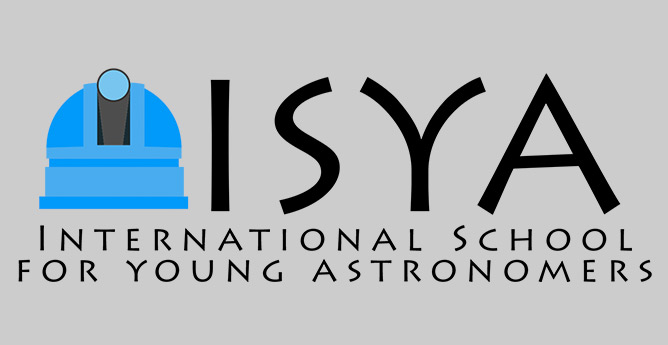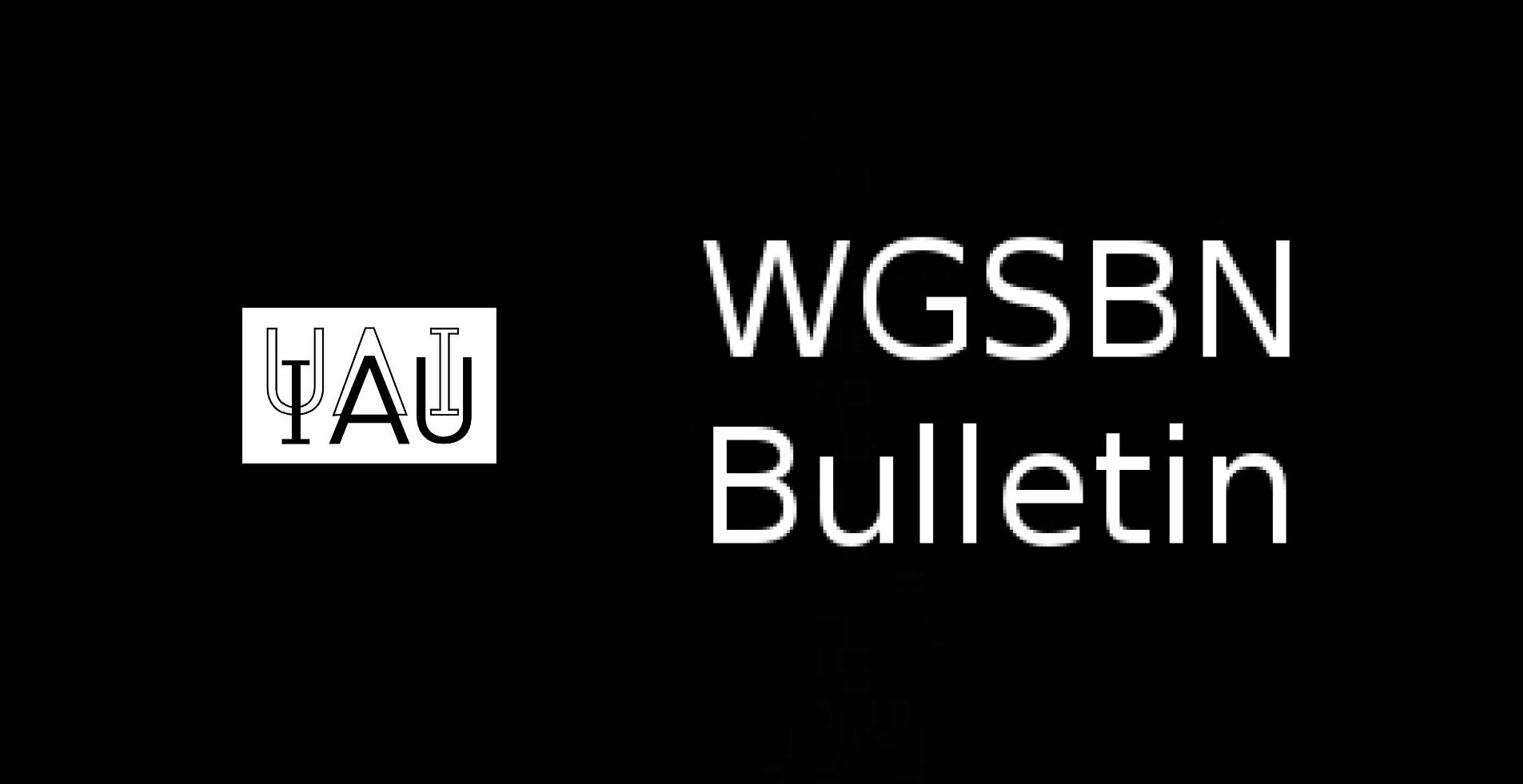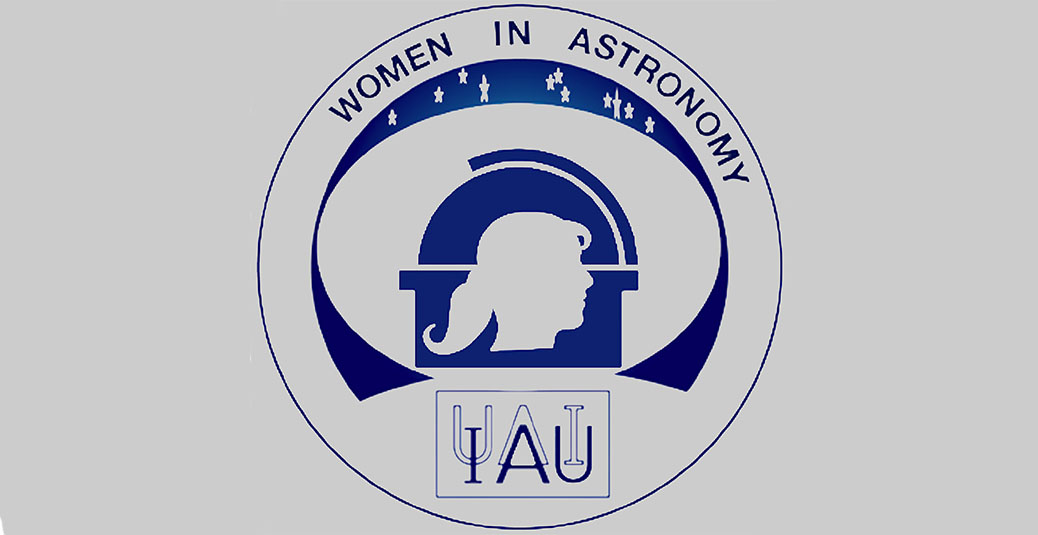- News
- Science
- Scientific Bodies
- Divisions
- Commissions
- Commission A1 Structure
- Commission A2 Structure
- Commission A3 Structure
- Commission A4 Structure
- Commission B1 Structure
- Commission B2 Structure
- Commission B3 Structure
- Commission B4 Structure
- Commission B5 Structure
- Commission B6 Structure
- Commission B7 Structure
- Commission C1 Structure
- Commission C2 Structure
- Commission C3 Structure
- Commission C4 Structure
- Commission D1 Structure
- Commission E1 Structure
- Commission E2 Structure
- Commission E3 Structure
- Commission E4 Structure
- Commission F1 Structure
- Commission F2 Structure
- Commission F3 Structure
- Commission F4 Structure
- Commission G1 Structure
- Commission G2 Structure
- Commission G3 Structure
- Commission G4 Structure
- Commission G5 Structure
- Commission H1 Structure
- Commission H2 Structure
- Commission H3 Structure
- Commission H4 Structure
- Commission J1 Structure
- Commission J2 Structure
- Commission J3 Structure
- Commission X1 Structure
- Commission X2 Structure
- Past Commission Organising Committees
- Working Groups
- Centres
- Scientific Meetings
- Rules & Guidelines
- General Assemblies
- Meeting Proposals
- Future IAU Meetings
- General Assemblies
- EC Meetings
- Officers' Meetings
- Regional Meetings
- Symposia
- Focus Meetings
- Institutional Meetings
- IAU Offices Meetings
- IAU-Sponsored Meetings
- Letters of Intent submitted for 2024
- Letters of Intent submitted for 2023
- Letters of Intent submitted for 2022
- Letters of Intent submitted for 2021
- Letters of Intent submitted for 2020
- Past IAU Meetings
- Templates
- Other Meetings
- Grants & Prizes
- Scientific Bodies
- Publications
- IAU Publications
- IAU Strategic Plan
- Symposia
- WGSBN Bulletins
- Regional Meetings
- Information Bulletins/Catalyst
- E-Newsletters
- Focus Meetings
- Transactions A
- Transactions B
- Related Publications
- GA Newspapers
- CAPjournal
- IAU Books
- Brochures
- IAU Offices
- WG Reports
- Commission Reports
- Division Reports
- Past IAU Publications
- Rules, Guidelines and Instructions for Proceedings
- Publishers
- IAU Publications
- Administration
- About the IAU
- Statutes & Rules
- IAU Policies
- IAU Executive Bodies
- IAU Secretariat
- Resolutions
- Members Administration
- Administrative Dates & Deadlines
- International Organisations Relations
- Donate to the IAU
- Training in Astronomy
- Astronomy for Education
- Astronomy for Development
- Astronomy for the Public
- Office for Astronomy Outreach
- FAQ
- Themes
- Satellite Constellations
- Astronomy in Everyday Life
- How to Report a Discovery
- Careers in Astronomy
- Defining our Place in the Cosmos
- The Constellations
- Light Pollution
- Measuring the Universe
- Near Earth Objects
- How to Participate in Astronomy Research
- Naming of Astronomical Objects
- Naming of Exoplanets
- Buying Star Names
- Naming Stars
- Pluto and the Solar System
- IAU Member Statistics
- Our Moon: the Moon
- Meteors & Meteorites: The IAU Definitions of Meteor Terms
- UNESCO-IAU Portal to the Heritage of Astronomy
- Social Media
- Past Events
- Call for Online Resources
- Astronomy@Home Awards
- Contact
Commission C4 WG Windows to the Universe: Classical and Modern Observatories
Description
This new WG is a combination of two WGs: “Classical Observatories from the Renaissance to the 20th Century” and the Inter-Commission B7-C4 WG “Windows to the Universe: High-Mountain Observatories, and Other Astronomical Sites of the Late 20th and Early 21st Centuries”.
These former WGs were established in close cooperation with C4 to support the development and coordination of nominations of classical and modern astronomical observatory sites from the Renaissance to the 21th century for inscription on the UNESCO World Heritage List (WHL).
We have set up a web portal with case studies for UNESCO's Astronomy & World Heritage Initiative.
I addition the Commission C4 published two Thematic Studies (TS1, 2011, and TS2, 2017, both ed. by Clive Ruggles et al.), in addition for Classical Observatories there exists a Thematic Study T0 (2009), ed. by Gudrun Wolfschmidt. As well, we also promote research and publication in the history of observatories and their instruments.
The aim of the WG is to advance the WHL nomination project "Route of astronomical observatories", which focuses on the possible serial (multi-site) nomination of a number of classical observatories all over the world, combining observatories in different continents, connected by scientific cooperations or by comparable scientifc instrumentation.
We want to enhance the recognition of these observatories for their outstanding universal scientific and cultural value (in agreement with the goals of Commission C4). The WG will work as a joint initiative with experts from the UNESCO World Heritage Centre and its advisory bodies (ICOMOS and IUCN) to promote and guide the development of (perhaps serial transnational) applications.
The goals of having these observatory sites recognized as World Heritage Sites are twofold:
(a) to enhance the recognition of these sites for their exceptional scientific and cultural value (in line with the goals of Commission C4), and
(b) to enhance the protection of these places as sites of active astronomical research, particularly focusing on protection against mining, light pollution, and radio spectrum interference (in line with the goals of Commission B7).
Because the nomination is a very long process we have discussed the creation of an IAU Certificate which can be awarded to astronomical sites or institutions that have played a significant role in the history of astronomy. The idea of the former chair Gudrun Wolfschmidt was to call the nominated institutions the “IAU List of Outstanding Astronomical Heritage” (OAH). Here is the link to the webpage, which was started in 2018 and presented during the GA in Vienna. But this is only the starting point, we will continue it in the next three years (suggestions of observatories to be included are welcome). This "IAU List of Outstanding Astronomical Heritage" (OAH) should be considerably enlarged.
In addition, in the next three years we want to continue with the support of nominations of classical and modern observatories and we would like to generate further case studies for the web portal.
The connection to dark skies (B7 Protection of Existing and Potential Observatory Sites, C4 WG5 Starlight and World Heritage) should also be included as a heritage issue in both cases. For the most recent sites it is about preserving exceptional skies, but in other cases it is about preserving general qualities of the natural environment that help reinforce their cultural value (see TS2, p. 297-298).
Links:
- WG Annual Report (2022) - Windows to the Universe: Classical and Modern Observatories
- WG Annual Report (2021) - Windows to the Universe: Classical and Modern Observatories
- WG Triennial Report (2018-2021) - Windows to the Universe: Classical and Modern Observatories
- WG Annual Report (2019) - Windows to the Universe: Classical and Modern Observatories
Working Group Members (24)
Under
Commission C4 World Heritage and Astronomy

Gudrun B. E. Wolfschmidt
Hamburg University, Center for history of science and technology
Department of Physics, Hamburg Observatory
Bundesstr 55 Geomatikum
D-20146 Hamburg
Germany
Phone: +49 040-42838 5262
Personal website: https://www.fhsev.de/Wolfschmidt/
Organization website: https://www.fhsev.de/Wolfschmidt/GNT/home-wf.htm
NCA adherence: Germany
Last updated:
November 20, 2023
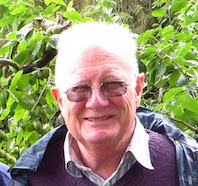
Ian S. Glass
SAAO
PO Box 9
Observatory Rd
7935 Observatory
South Africa
Phone: +27 0725451887
Personal website: http://www.saao.ac.za/~isg/
Organization website: http://www.saao.ac.za/
NCA adherence: South Africa
Last updated:
November 20, 2023
Search Scientific Bodies
